10 Questions with Bawrut: focus on ‘In The Middle’
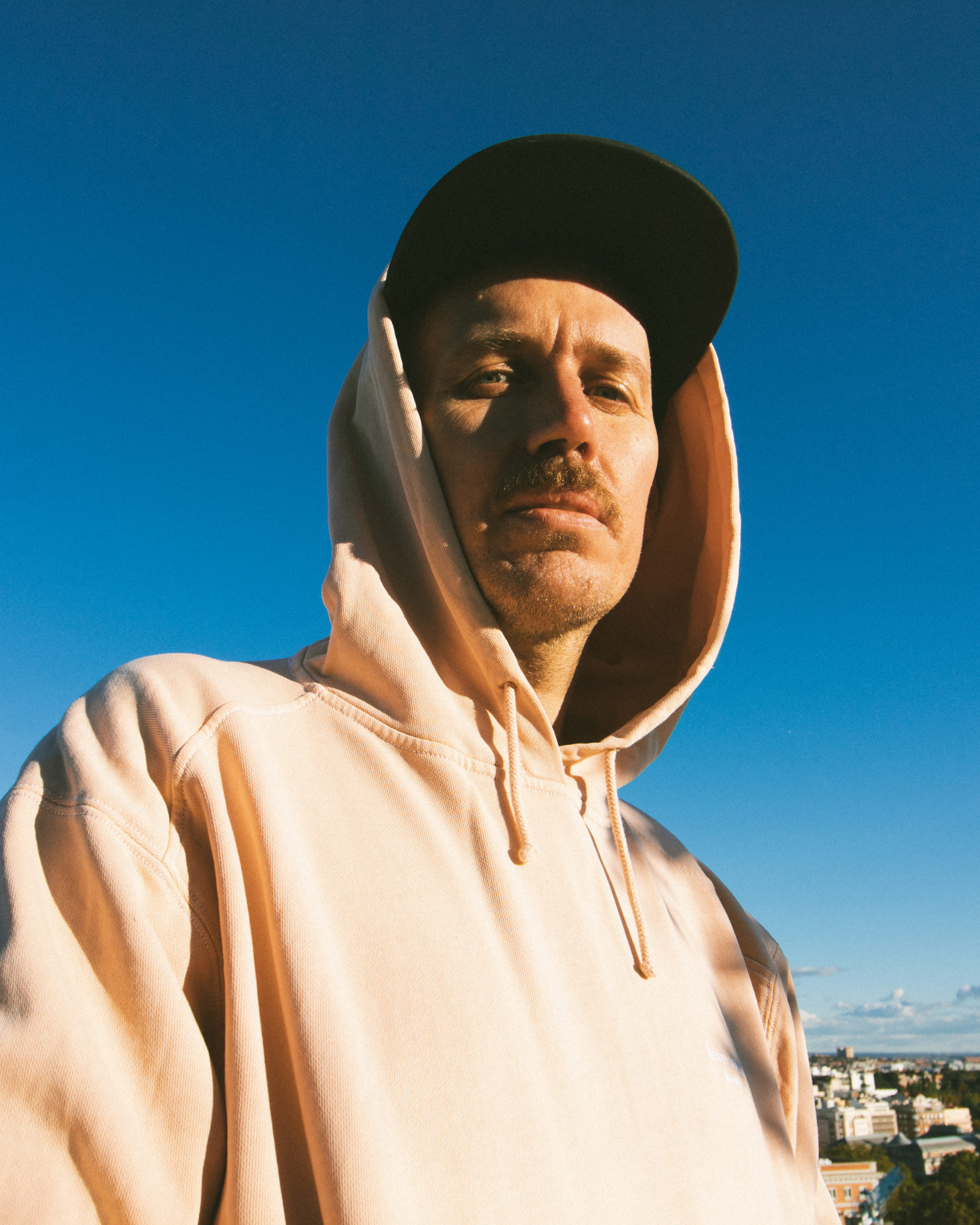
Bawrut’s debut album ‘In the Middle’ is a striking eleven-track journey through sunset pop, electronic melancholia and delusive migrations taking place across the Mediterranean.
The album features several guest vocalists, including the Napolitan phenomenon LIBERATO, the Moroccan-born Paris-based DJ and singer Glitter٥٥, the ItaloPop legend Cosmo as well as Chico Blanco, a young pop singer and producer at the forefront of Spain’s new generation of independent musicians.
‘In the Middle’ is a reflection on recent years. A story about movement and migration around the Mediterranean but also the notion of a moving identity. It’s about the luck of the drawer, finding yourself born in the middle of the West, whilst others strive to get here with the hope of a better life. It’s about being in the middle of music and cultures and the beautiful accidents that this movement has produced over the years.
Above all, it’s a celebration of the beauty of the movement to a better life, to create something new, with hope and optimism whatever the circumstances. It’s a celebration of diversity and inclusivity.
The culture-rich LP left us craving for more, so we compiled a list of questions to ask our chum.
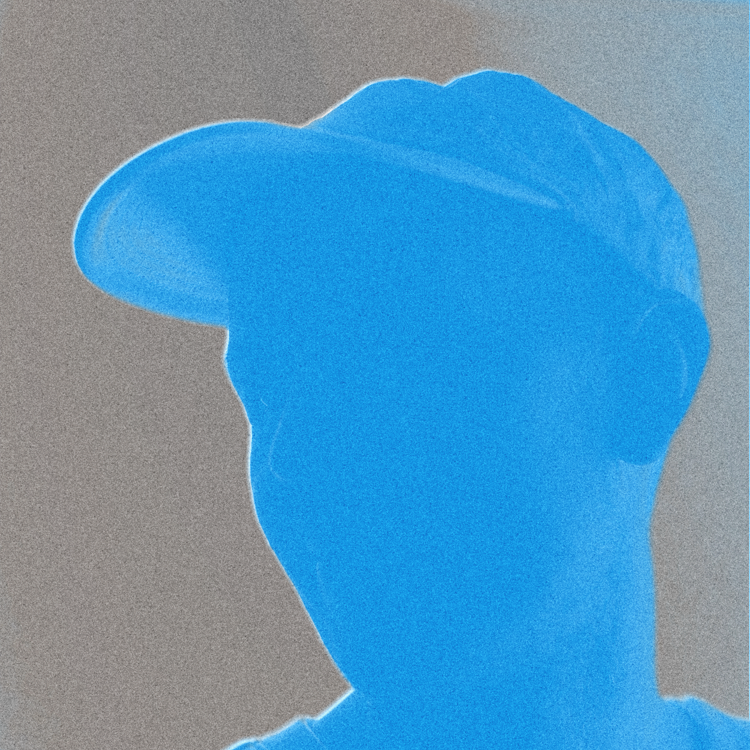
Where are you and what are you in the middle of?
I’m on the flight from Madrid to Rome, in the middle between where I live and have my heart and the country where I was born and which issues my passport. Tonight I’ll be playing at Minu / Circolo Degli Illuminati with some friends on the occasion of the release of the album.
When describing the album, you often refer to ‘delusive migrations’. Is that something you relate to your national identity belonging to several places? You said you were born in Gorizia, a multiethnic city split in two by the Italian and the Slovenian borders – would you say that migration is delusive in the sense that people never really belong to one place?
If you are lucky enough to have a powerful passport you can move from one place to another without too many problems, otherwise, it starts to be cavalry. The concept of migration or movement should always be something personal and unidentifiable. Comfortable in a community that welcomes us and treats us as equals, where we come from and where we want to go should be traits of our history of people, which obviously characterize us as such, but never a status often de-qualifying a priori.
And then people move where they want, often driven by the welfare or job opportunities, sometimes by the heart, sometimes by fate and the attraction to places that are just fascinating.
I must say that being born in Gorizia has given me a strange perception of the concept of nationality and belonging. Here Italians, Austrians and Yugoslavians have been killing each other over ideology and flags on many occasions during the last 100 years so I don’t want to hear any more of this bullshit. Abroad, when I say that I am Italian, it’s all about speaking like in the mafia movies of Little Italy and waving my hands when I don’t have anything to do with that. I am aware of being borderline and I like it more to feel a sense of belonging to a macro area rather than to a state and its flag.
Concerning the previous question, we can also look at the concept of ‘moving identity’ within the album subtext. Cultural Studies scholar Stuart Hall argues that cultural identity is not a fixed quality grounded in the past. Instead, cultural identities “undergo constant transformation” throughout history as they are “subject to the continuous ‘play’ of history, culture, and power” (Hall 1990: 225). What are your thoughts on this? Wouldn’t everyone benefit from being less patriotic and nationalistic?
The security of the community, and its advantages, often creates false myths of identity that have no reason to exist. This is why we find ourselves identifying with cities, nations, flags with our feet stuck in the present without thinking about the future and studying the past. Studying it helps to understand how what we consider “traditional” was not so until recently. In addition, we often latch on to the concept of tradition to justify a fear of the future. Tradition is based on innovation, it’s a concept that may seem contradictory but it’s not: before something is consolidated and becomes “traditional” it needs a process of study, evolution and therefore a look to the future much deeper than we can think. For this reason, the Mediterranean is often a place that helps us understand cultural stratification and its movements, often centuries-long and not always easy and peaceful. It does remind us, though, that culture, like identity, is fluid. Things often move without our will and allow themselves to be influenced without a written script. I see this as very fascinating in its unpredictability.
The importance of celebrating diversity and inclusivity shines through the various collaborators on each track – Napolitan LIBERATO, Moroccan-born Paris-based DJ and singer Glitter٥٥, ItaloPop artist Cosmo and Spanish indie-pop artist Chico Blanco – do you see the same representation being reflected in today’s dance music line ups? How much has the music industry done to improve diversity and inclusivity amongst artists?
Compared to other genres, dance music is doing a lot more, though not enough, especially considering its origins and its being born in safe spaces for and from marginalized segments of society. After centuries of purely male dominance, the inclusion of all is crucial. Now. The benefits of finally seeing someone on stage who represents you is undeniable, and it helps others to get involved because there is finally an example, both from an artistic point of view and in terms of a club’s line-up. What I aspire to is a compromise, a vision in the middle, a union between inclusion and music quality. After all, we are also talking about this, right? Instead, it’s often more a game of hype and MGMTs to maintain their positions. I think it’s something not new or hidden, I’m old enough to know that the music biz works this way too. However, in this rush and frenzy on the part of media, promoters, festivals and labels to keep the representation open to all – which I repeat is a fundamental thing – I hope there is a real intent to the cause of those who until yesterday were discriminated against and not an attempt to wash their image to be more attractive and honest. It would be very opportunistic otherwise and disrespectful towards the common battle and those who have suffered and continue to suffer real discrimination. It’s easier to do tokenism, and it would be better to leave more space and real decision-making roles to those who, in my opinion, would push the whole system towards a real innovation by evaluating the musical quality first.
The sound of ‘In The Middle’ differs in some ways from your first R$N release ‘Ciquita’. Five years have passed since, and a lot has changed, especially in the post-covid world. How would you compare the dancefloor releases in terms of your intention?
Theoretically, Ciquita, De Amor de Dios a Candela, Alfredo and Ricardo brought me here and other tracks made in these years pick from the same folder of flamenco sounds that I used to work on the music for a fashion show for a Spanish designer (Leandro Cano) 7 years ago when I arrived here in Madrid. So yes, the songs have a different functionality but they dig into the same sound. It’s true that after making so many EPs with club bangers I wanted to show my attitude as a producer outside the DJ booth too. I see the music that I usually make and play in clubs as challenging and I know it very well but it is not the only genre I listen to during the day. So yeah, I wanted to say “hey guys, I can also make something that you can listen to while walking in the park, on a road trip or sitting on the couch”. The biggest mistake you can make is to remain convinced that club music is a specific genre with its own rules, sounds and patterns. With no option to be contaminated from the outside. Nothing more wrong in my opinion and that makes you understand why the current scene is at a dead end.
The clips used in the promotional shots were spectacular and truly spoke for the tracks. Who filmed these and how did you go about selecting them?
I wanted to take care of the aesthetic part of the album in all its details. Together with Rocio Mateos Garcia, who has always taken care of my graphics (and my life partner), we thought about some short videos, 30/60 seconds max. They could work both in a portable digital context such as IG or FB and the classic video format of YT, looping these videos as long as the entire duration of the song. From there, we set out to find artists and video makers who were interested in the concept of the record and also appreciated the music and spirit. Karol Sudolski is a video artist and digital creator based in Milan who made Liberato’s video. Bana Studio are friends from Madrid who conceived and made the video for Crossing for a Golden Blanket in the Canary Islands. Ismail Zaidy is a Moroccan photographer and videomaker from Marrakech, with very strong and well-defined imagery that distinguishes him and the North African scene. He edited a sequence of videos inspired by Fe Samaa‘s text. Teo Guillem is one of the two founders of the production studio DVein. He is a special guy with an imagination and a world of his own that in the few seconds of the video of Eurocasbah already come out in all their beauty. A video of tourists climbing on the coast of a volcano in Central America, in search of who knows what, which perfectly emphasizes the lyrics of Eurocasbah. Miguel Angel Ortega is part of the crew of Chico Blanco: Mareo. I met him in Granada during a club night and I was struck by the way he represented with his visuals the freshness of his group of friends. We thought together to portray the words of Sol en la Cara through those photos that are real flashbacks of a life for a moment frozen during the pandemic projected on the statue of the Fauno Barberini, a statue of 220 BC of a satyr, mythological Greek figure of fun and dance, asleep.
On the same topic, we were wondering who the person dressed in gold was?
We had a long discussion with David Catalan of Bana Studio about how to represent “the migrant”. We did not want a recognizable physical representation while they needed an actor. For us it was important not to put a face to this person, the problem of migration is global and includes the Central Mediterranean as well as the border between Mexico and the United States, Central America and Calais in France, Belarus and Poland border as well as the Balkan trade or Australia. Luckily we finally found a good compromise, Falou Sarry Samba, the name of the actor who lives in the Canary Islands, became this figure in constant movement in this hostile world emphasizing with his presence his absence.
Tell us a bit about the fanzine available with the limited edition album and the concept behind it.
In the middle is a record but also a community project. As we dedicated ourselves to the digital aspect with the videos, we also wanted to reward those who want to buy the physical and analogue support. So Rocio thought of a fanzine with 11 artists involved from all over the Mediterranean area. It will be a risograph print and will include the works of:
Bahia Shehab from Egypt
Multidisciplinary artist, designer, political activist and historian whose work focuses on the interaction and intersection of modern identity and ancient cultural heritage.
Valerio Nicolosi from Italy
Journalist and photojournalist specialized in human migration routes.
Mohamad Abdouni from Lebanon
Founder of Cold Cuts Magazine which explores Queer Cultures in the SWANA (South East Asia North Africa) region
Maria Medem from Spain
Illustrator x NYTimes, NewYorker, RockDeLuxe, Wired, BBC etc
Alexis Jamet from France
Illustrator x BrainDead, Hermes, NYTimes, Nike, Dries Van Noten,
ADISH Studio from Israel / Palestine
Fashion brand studio that works with living crafts that are traditional in Palestine and elsewhere to counter the systematic erasure of cultural heritage that is commonplace in Israel.
Dunja Jankovic from Croatia
Conceptual and street artist
Panayotis Terzis from Greece
Illustrator for Nieve Books and Bloomberg, Risography Activist with Risolab in NYC.
Salaheddine El Bouaaichi from Morocco
Street photographer from Marrakech
Michele Papetti from Italy
Illustrator
LAR Studio from Turkey
Textile studio based in Istanbul
Are you going to be touring a bit now that ‘In The Middle’ has been released? What about Bawrut live finally?
Coming back to playing after the pandemic I started to shape my sound as a DJ even more. Rather than geographical origin, I prefer to mix styles, so after a 90’s house track I can put on something techno, a bawrutada or something disco. The important thing is that there is a constant flow of energy and tension that doesn’t tire or bore the audience. It’s hard but I’m starting to find the right balance by finding the time to play some tracks from the new album and Mediterranean classics as well.
At the moment this is my touring while waiting to complete and finalize a live show that I would like to bring around next spring, with a light design coordinated and functional to the album plus a setlist and a sound intensity designed for an audience more clubby. It is yet another challenge that I set in front of me, hoping to find spaces and promoters interested in doing it.
Why did you leave Italy and if you weren’t living where you were where would you like to live?
I left Italy for love. And I am happy to have done so. I was lucky enough to be European, so deciding to settle in Madrid from Gorizia was not so different from moving to Milan for example. The European passport is a membership card of an exclusive club, like a Soho House.
I’m fascinated by Mexico – I’ve just visited it – because it looks stratified and contaminated by many different cultures. The many indigenous ones along with the European and Spanish ones with the latest influence in time from North America. A couple of days are not enough and are a superficial vision of such a complex system but I must say that I came back home very fascinated by that place.
Reference:
Hall, S. (1990). Cultural Identity and Diaspora. Identity: Community, Culture, Difference. London: Lawrence and Wishart.



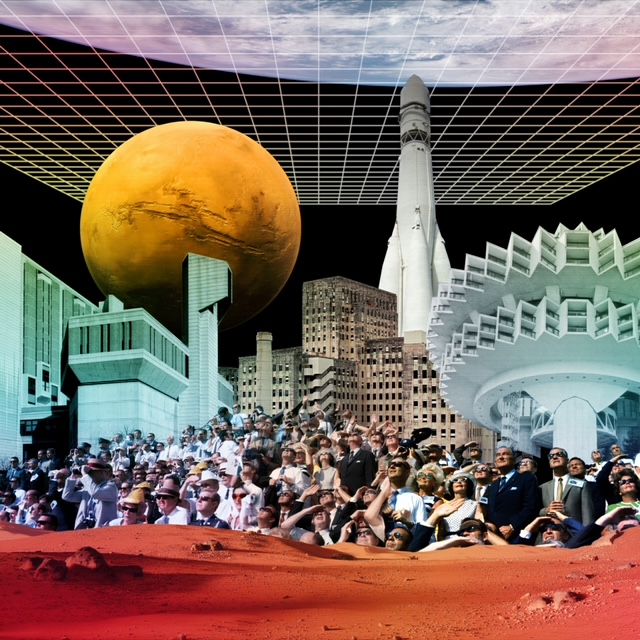
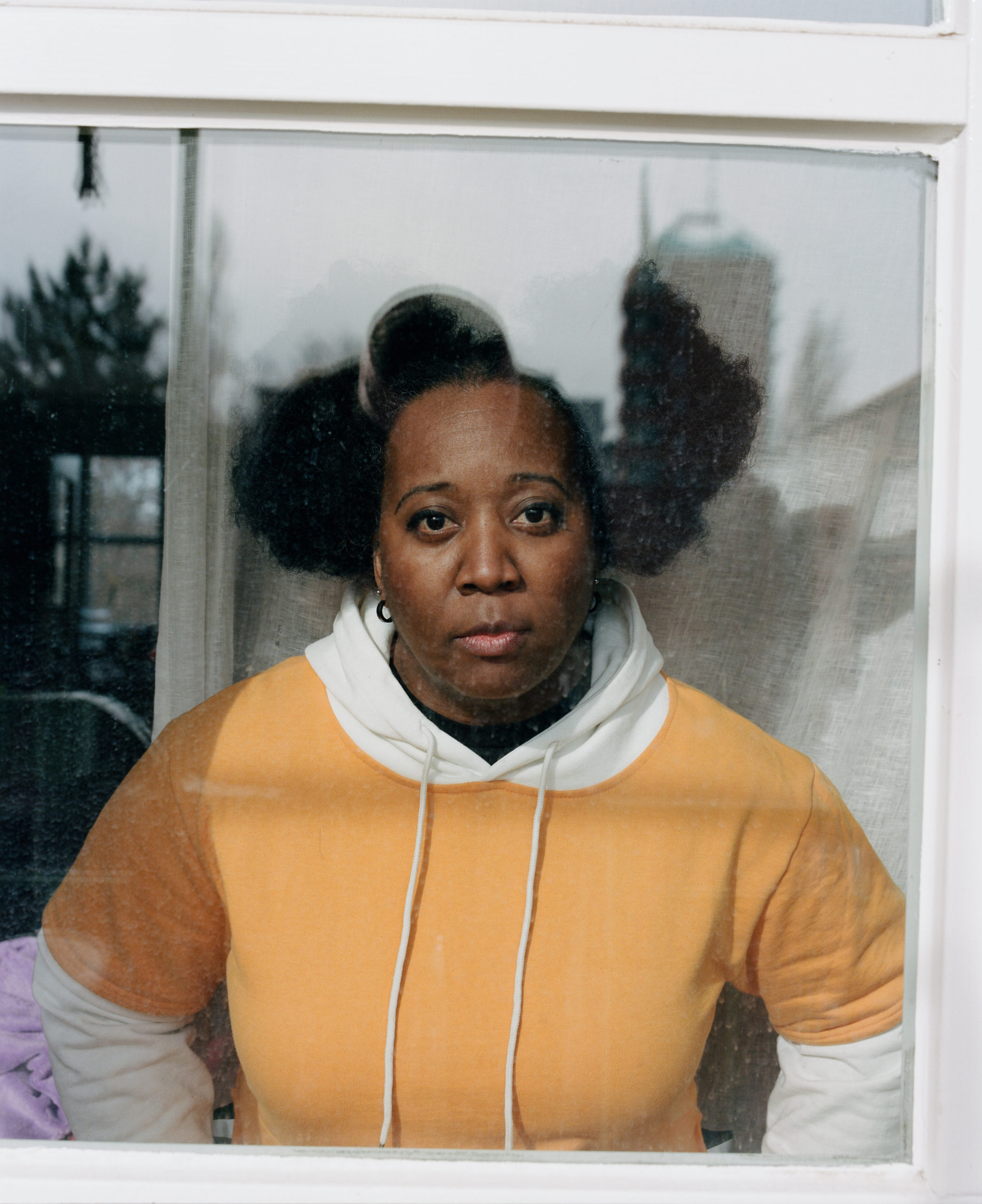
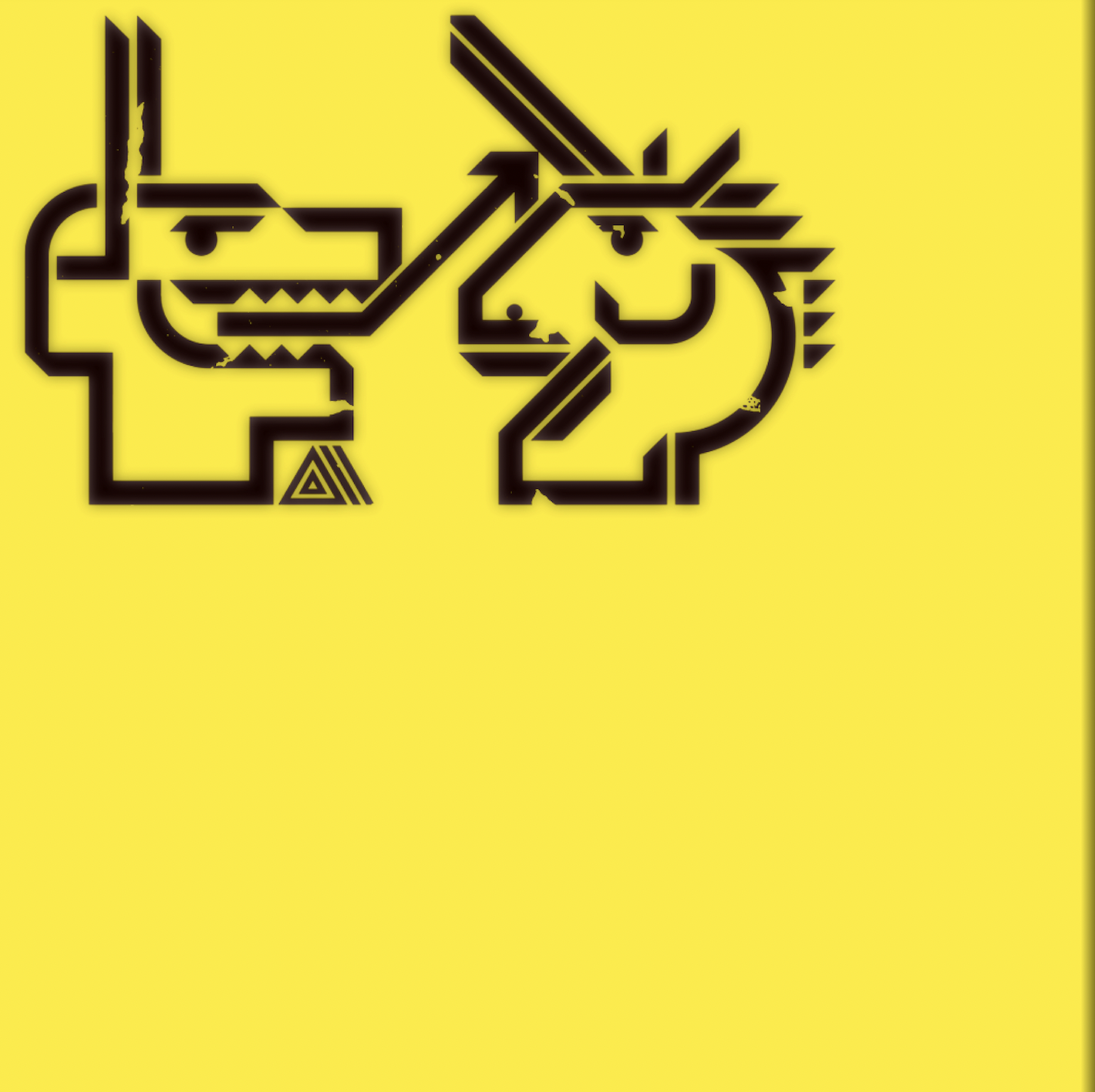

















Must Reads
David Holmes – Humanity As An Act Of Resistance in three chapters
As a nation, the Irish have always had a profound relationship with the people of Palestine
Rotterdam – A City which Bounces Back
The Dutch city is in a state of constant revival
Going Remote.
Home swapping as a lifestyle choice
Trending track
Vels d’Èter
Glass Isle
Shop NowDreaming
Timothy Clerkin
Shop Now